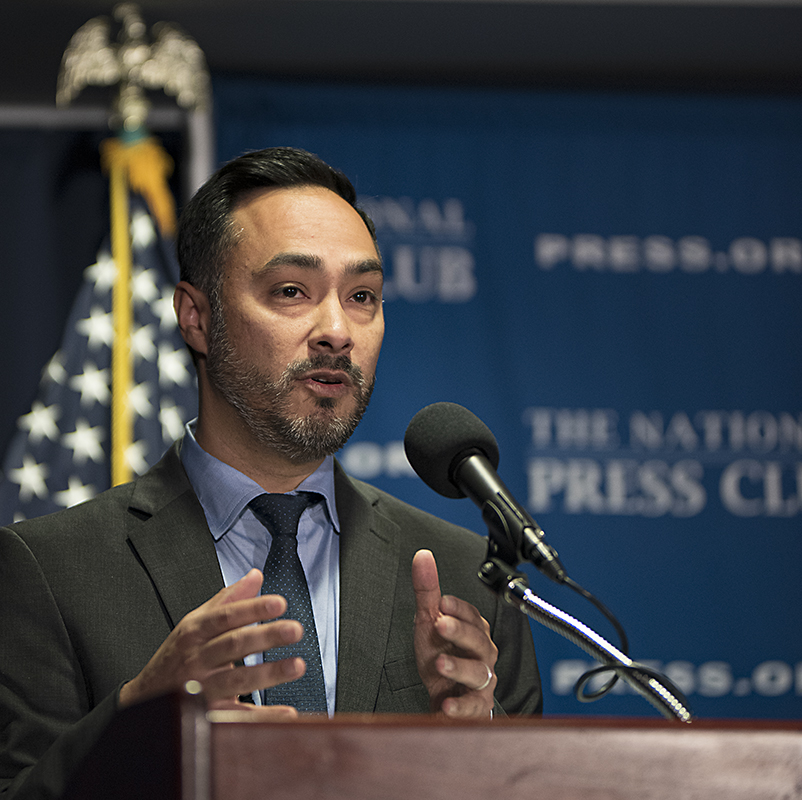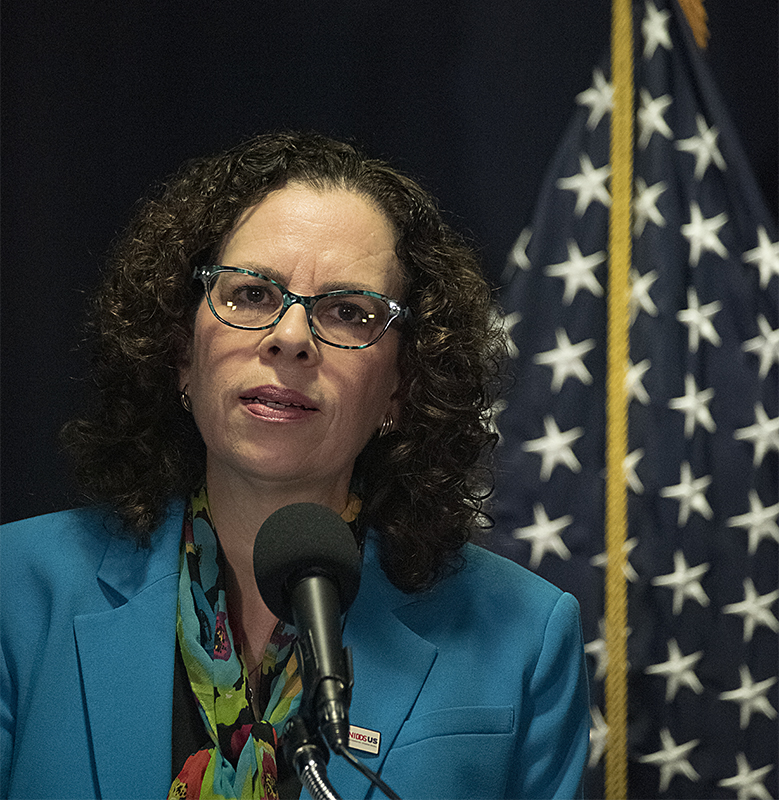Castro described his personal experience growing up in neighborhoods in San Antonio, which were over 90% Latino, in a city that was 60% Latino, where he watched TV and movies that did not match the reality around him.
Latinos are systematically excluded from Hollywood and the media, he said.
He cited a study of 1,300 top grossing films from 2007 to 2019, which found only 3.5% of leading roles were Latino characters. Of the top 100 grossing films in 2019, 40% of Latinos were depicted as criminals or ex-convicts, he said.
He likened this depiction of Latinos to negative political ads that run repeatedly.
The problem of underrepresentation extends to the newspapers of record, he said. At The New York Times, 7% of staff are Latino and at The Washington Post 5% are. At The Los Angeles Times, in a city that is 48% Latino, 17% of reporters are Latino.
Turning to possibilities for change, Castro pointed to barriers to entry for Latinos. These include unpaid internships and low entry wages and, in publishing, low advances. He urged guilds, unions and talent agencies to open doors.
An earlier GAO report had recommended more sharing of data on discrimination cases between the FCC and EEOC. Further, the number of cases investigated are in the low single digits.
Castro urged closer scrutiny of mergers by anti-trust regulators saying mergers can result in replacing two open doors with one.


